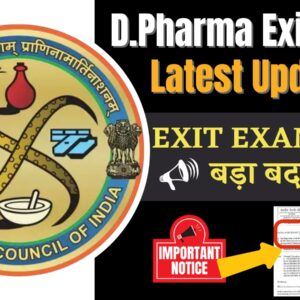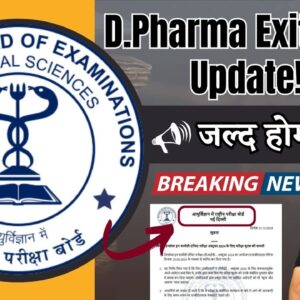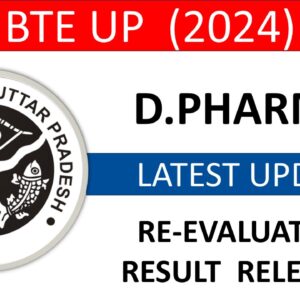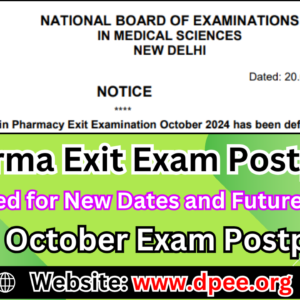Biochemistry and Clinical Pathology Quiz (Part-1):
[ays_quiz id=’56’]
Biochemistry and Clinical Pathology Quiz (Part-2):
[ays_quiz id=’57’]
Biochemistry and Clinical Pathology Quiz (Part-3):
[ays_quiz id=’58’]
Biochemistry and Clinical Pathology Quiz (Part-4):
[ays_quiz id=’59’]
Biochemistry and Clinical Pathology Quiz –
Step into the essential realm of Biochemistry and Clinical Pathology with our engaging quiz! This quiz consists of 100 MCQs organized into 4 sets of 25 questions each, covering vital biochemical processes that impact health and disease. You’ll explore metabolic pathways, the role of enzymes, and how laboratory tests are utilized in diagnosing conditions. Understanding these biochemical concepts is crucial for recognizing the factors that influence drug therapy and patient care. By completing this quiz, you’ll be well-prepared for the D Pharma Exit Exam (DPEE) and equipped to apply your knowledge in clinical settings.




